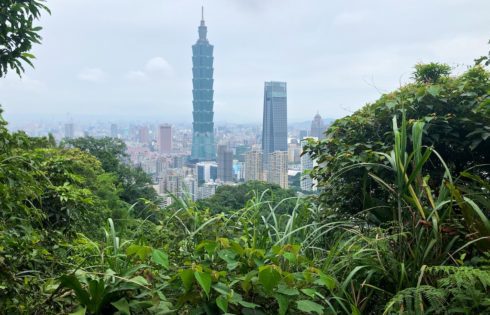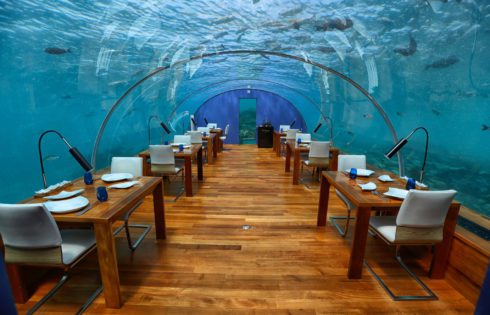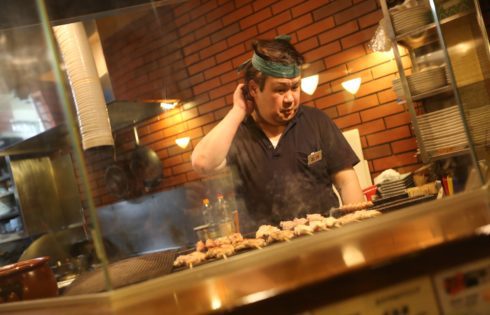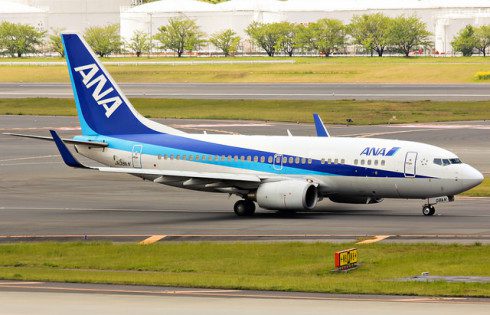
Ultimate Guide to Elephant Mountain in Taipei (象山, Xiangshan)
Elephant Mountain in Taipei is the perfect hike. It’s strenuous enough that you’ll get a bit of exercise and feel a little accomplished when you finish but it’s not so

Elephant Mountain in Taipei is the perfect hike. It’s strenuous enough that you’ll get a bit of exercise and feel a little accomplished when you finish but it’s not so

The Maldives is a dream destination for many people. It’s one of the most mesmerizing destinations with its beautiful white sands, turquoise atolls, and blue lagoons. But many people wonder

On our recent stay at the Hilton Conrad Maldives we decided to splurge one meal and try out the famous Maldives underwater restaurant known as “Ithaa.” Ithaa means “mother of pearl”

When we visited to Tokyo, we wanted to try out some very cultural experiences and a night food tour through the streets of Tokyo seemed like the perfect option. We

The reward program for ANA has some very valuable sweet spots for both economy and business class redemptions to pretty much every corner of the globe. In addition, it’s pretty
| Cookie | Duration | Description |
|---|---|---|
| cookielawinfo-checkbox-analytics | 11 months | This cookie is set by GDPR Cookie Consent plugin. The cookie is used to store the user consent for the cookies in the category "Analytics". |
| cookielawinfo-checkbox-functional | 11 months | The cookie is set by GDPR cookie consent to record the user consent for the cookies in the category "Functional". |
| cookielawinfo-checkbox-necessary | 11 months | This cookie is set by GDPR Cookie Consent plugin. The cookies is used to store the user consent for the cookies in the category "Necessary". |
| cookielawinfo-checkbox-others | 11 months | This cookie is set by GDPR Cookie Consent plugin. The cookie is used to store the user consent for the cookies in the category "Other. |
| cookielawinfo-checkbox-performance | 11 months | This cookie is set by GDPR Cookie Consent plugin. The cookie is used to store the user consent for the cookies in the category "Performance". |
| viewed_cookie_policy | 11 months | The cookie is set by the GDPR Cookie Consent plugin and is used to store whether or not user has consented to the use of cookies. It does not store any personal data. |
